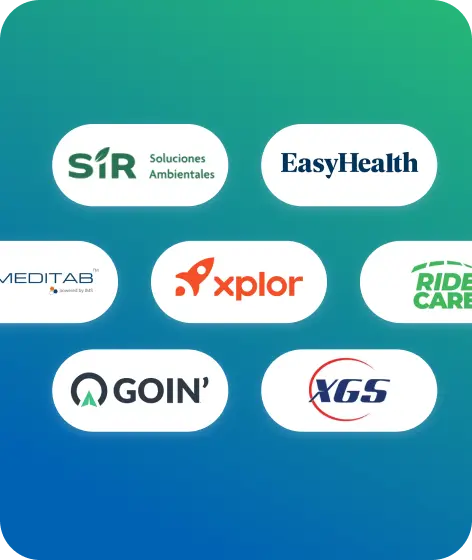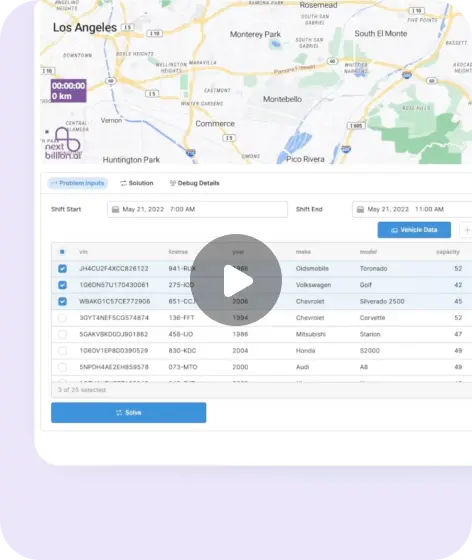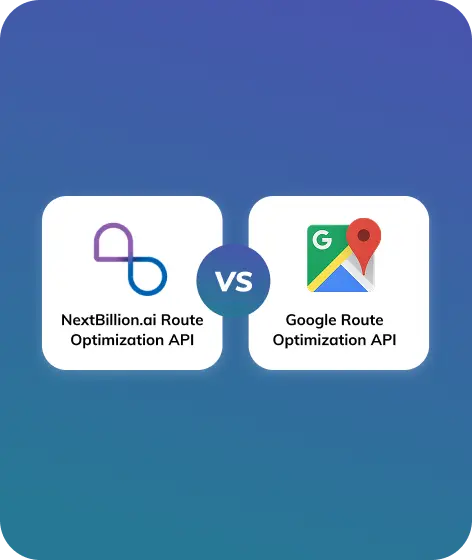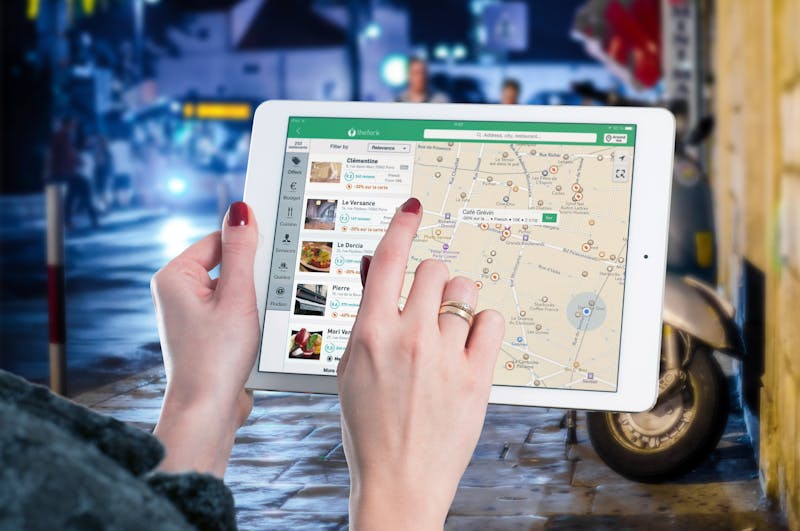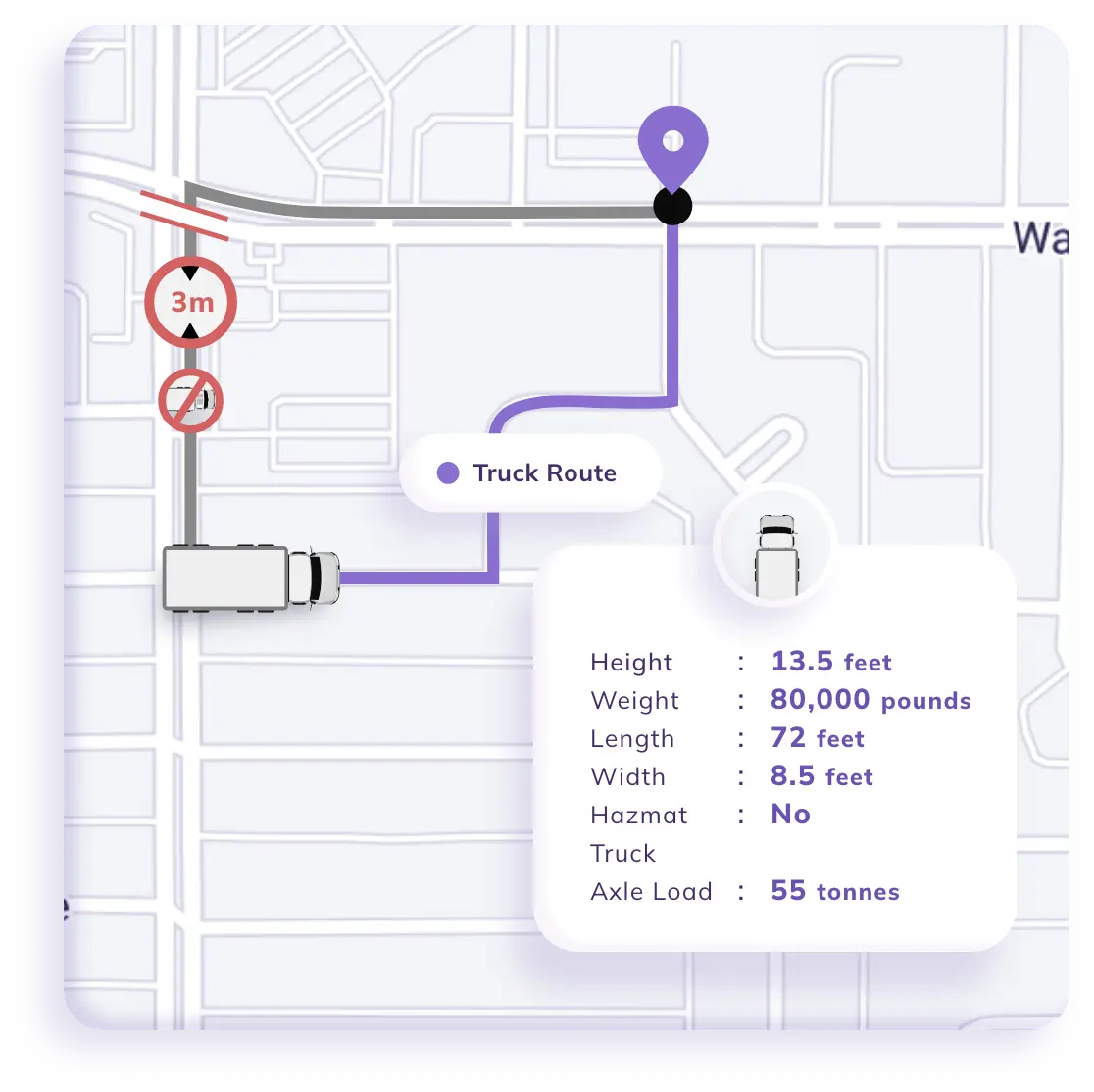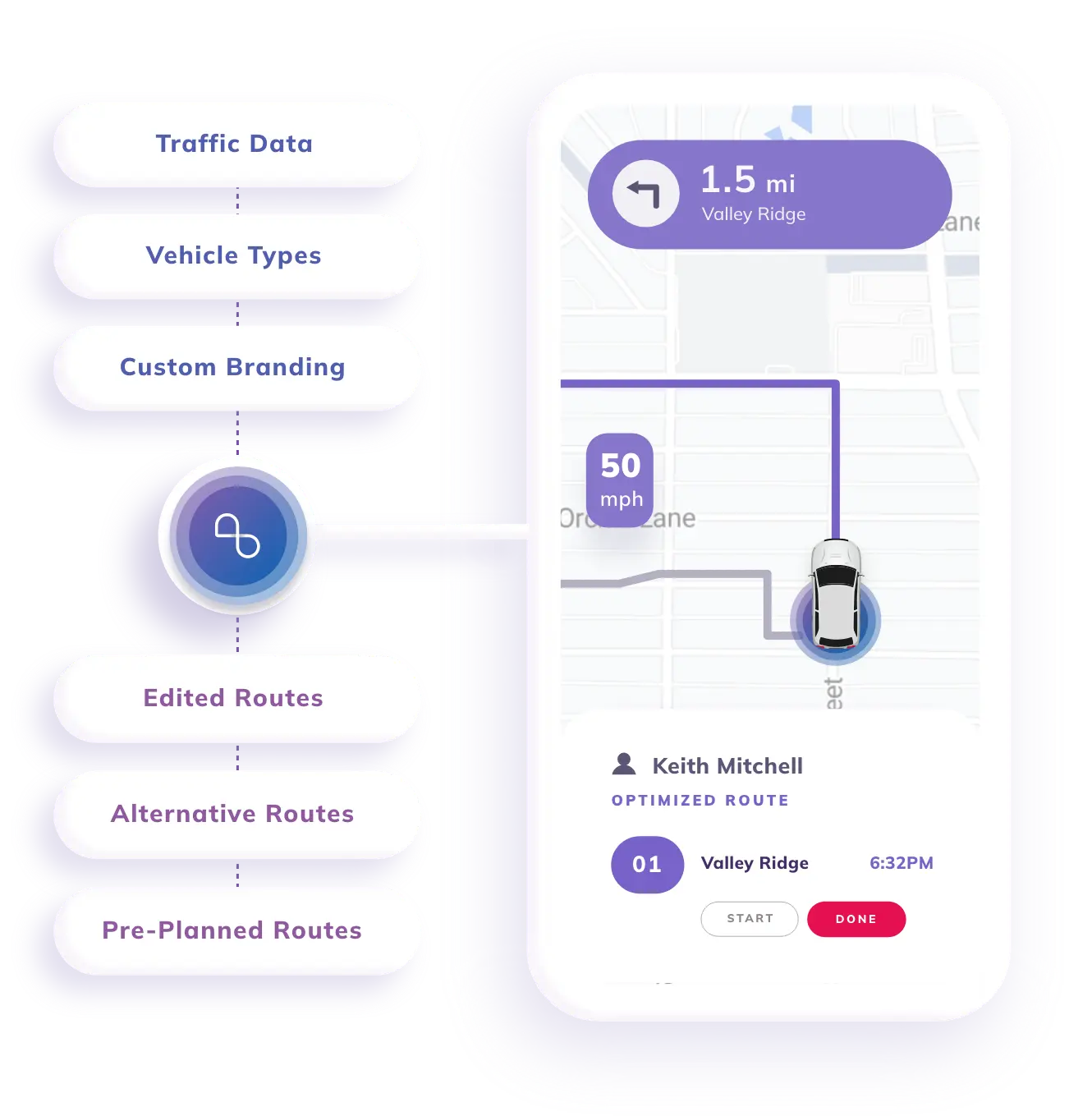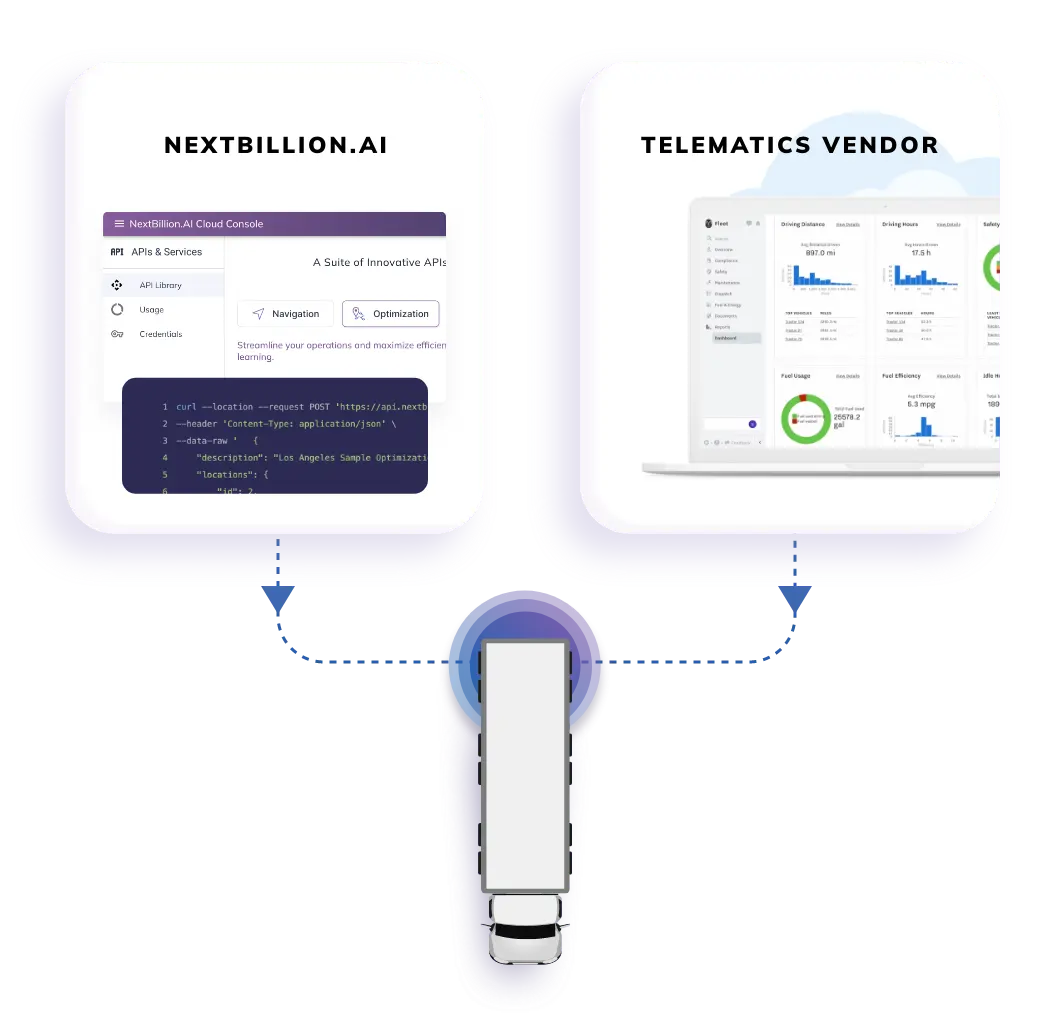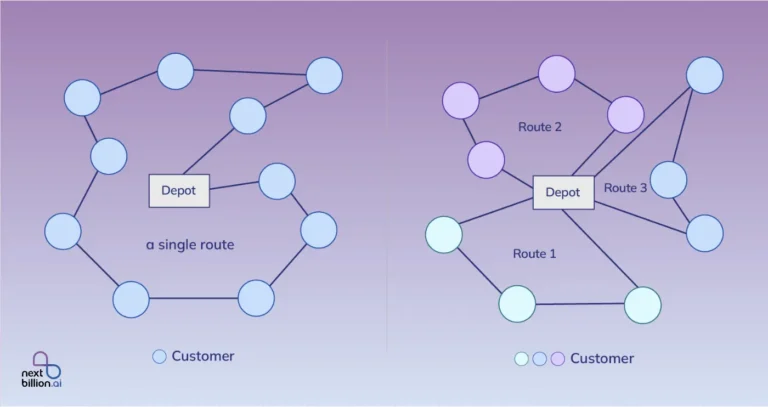
Table of Contents
Fleet route management systems make operations easier and give businesses a complete way to improve the performance of their fleet. By keeping track of vehicles, drivers, and routes well, these high-tech systems give companies a competitive edge and long-term success.
The field of fleet management has changed the way businesses run their vehicle fleets in amazing ways. When you think back, fleet management used to be based on paper systems and tasks that had to be done by hand. It took a lot of time to keep track of vehicles, drivers, and routes, which often led to wasted time and extra costs. Of course, as technology has improved, fleet management systems have grown smarter and stronger.
The Evolution of Fleet Management Systems
Businesses could keep an eye on their fleet’s performance and make good decisions based on data because they could track their vehicles in real-time. As technology got better, fleet management systems got more features, like the ability to track driver performance, plan maintenance, look at fuel use, and more. These all-in-one solutions changed the way fleets work and gave businesses the tools they needed to be more productive and make more money.
These days, fleet management is important for all kinds of businesses. As new technologies are constantly added and changed, they continue to shape the future of fleet management systems, which look like they will have even more advanced features and functions. Fleet management systems will continue to change as long as companies adopt and use these new technologies. This will help companies have a lot of success.
What is Fleet Route Management?
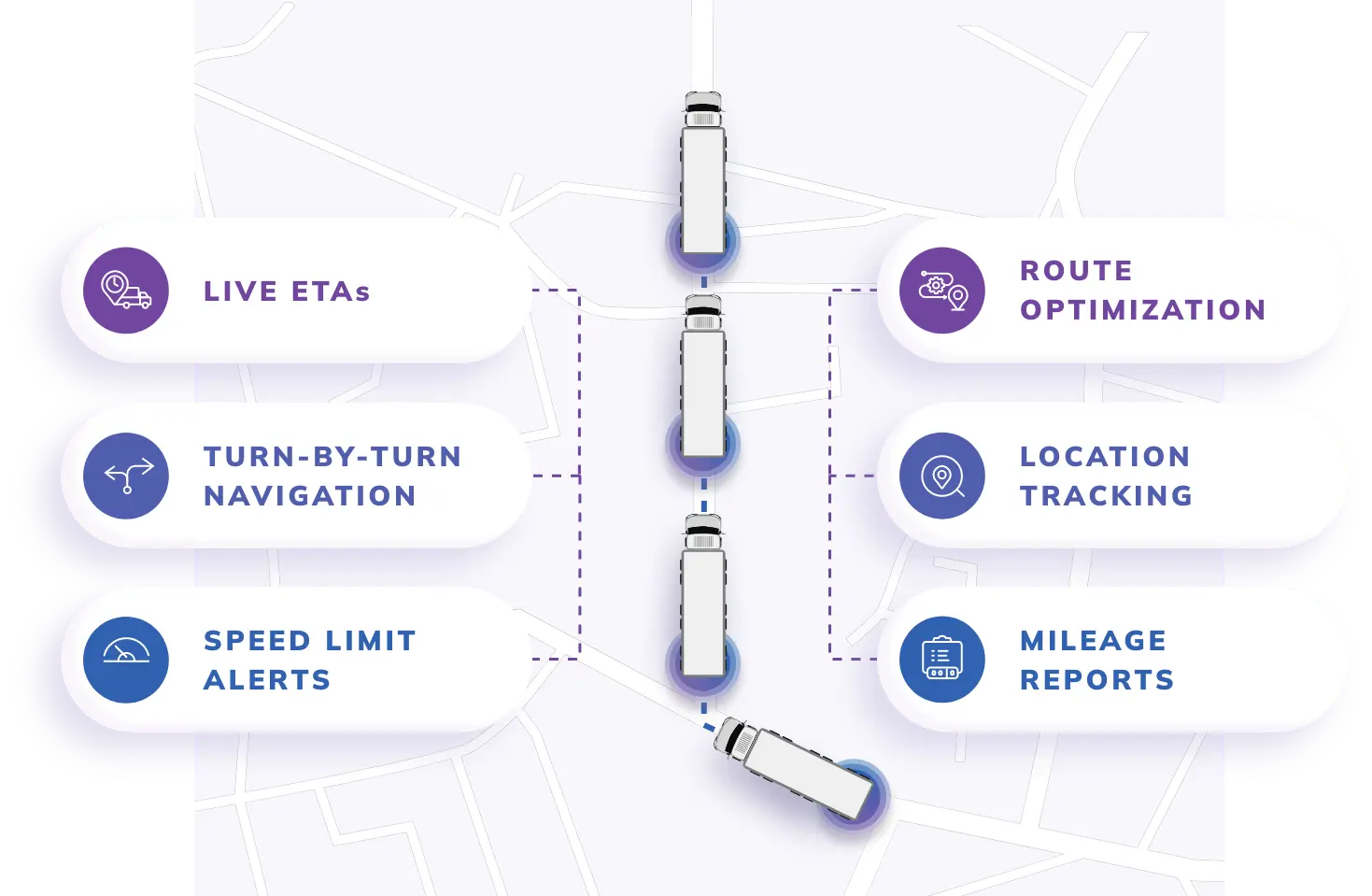
Fleet route management is the process of making sure that the routes that a group of vehicles take are the most efficient and cost-effective ways to move goods or services. It involves planning, keeping an eye on, and managing the routes that fleet vehicles take to cut down on travel time and fuel use and make sure that each vehicle in the fleet works as efficiently as possible. The business uses a variety of technologies and tools, like GPS tracking, advanced mapping software, and route optimization algorithms, to make routes that change based on things like traffic, weather, and customer demand in real time. Logistics companies, public transportation systems, emergency services, and any other business that uses a lot of vehicles need to manage their fleet routes to make their services more reliable, cut costs, and work more efficiently overall.
Benefits of Fleet Route Management
- Cost Reduction: These solutions drastically cut down on miles driven, fuel usage, and general vehicle wear and tear by optimizing routes. Lower operating expenses and reduced frequent vehicle servicing needs result from this.
- Time Efficiency: Good route planning reduces travel time and enhances delivery schedule compliance. To improve service reliability and satisfy customer expectations, this efficiency is essential.
- Increased Scalability: As companies expand, it gets harder to manage a growing number of cars and routes. Fleet route management systems simplify and automate these processes, facilitating operations scaling without increasing errors or inefficiencies.
- Increased Driver Safety: These systems can also lower the likelihood of accidents by optimizing routes. Better driving conditions and safer routes result in fewer traffic accidents, which increases driver safety and lowers business liability.
- Environmental Impact: Less fuel used and fewer miles traveled result in efficient routing, which immediately reduces fleet operations’ carbon footprint and supports international sustainability goals.
Key Elements of Fleet Route Management
Fleet route management is an important part of logistics and transportation that aims to make vehicle operations as efficient and effective as possible. Here are the most essential elements of managing a fleet route well:
1. Planning routes and making them better
This is what fleet route management is all about. Planning a route means figuring out the best routes for vehicles to take to finish their specified tasks. Optimization makes these plans better so that they work best and cost the least. It considers distance, traffic, vehicle capacity, and delivery windows, among other things, to cut down on travel time and fuel use.
2. Real-time Traffic Updates
Up-to-date traffic information is needed for fleet route management to work well and avoid delays caused by traffic, accidents, or road work. Adding real-time traffic information helps routes be changed automatically when conditions change, keeping travel times at their best and making the system more reliable.
3. Telematics and tracking of vehicles
Telematics and GPS tracking are very important for keeping an eye on fleet vehicles. These technologies show where vehicles are, how fast they are going, and the routes they are taking in real-time. This information is very important for making sure that vehicles are following their planned routes and schedules and for making changes on the spot if needed.
4. Communication with the driver
It is very important to keep in clear and constant contact with drivers. Fleet managers need to be able to quickly let drivers know about changes in routes, changes in traffic, or emergencies. Mobile apps and in-car communication systems are common tools used for this, as they let drivers get updates and instructions right away.
5. Taking care of compliance and safety
It is very important to make sure that routes and driver schedules follow all safety and legal rules. This includes keeping an eye on drivers’ hours to make sure they don’t get too tired, making sure loads are safe, and following transportation laws. A lot of fleet route management systems have features that help with these things by letting managers know when possible compliance issues happen.
6. Tools for Analysis
Businesses can always make their operations better by using data analytics in fleet route management. Analytical tools can look at old data to find patterns, inefficiencies, and ways to make things even better. This could mean looking at performance indicators like how much fuel is used, average speeds, and the percentage of on-time deliveries.
7. Being able to grow and change
Solutions for managing fleet routes must be able to grow and change with the needs of businesses as they do. This means taking care of more vehicles, covering a bigger area, and quickly adapting to changes in the size of the business without lowering the quality of service.
8. Getting to know the customer
For many businesses, managing the routes of their fleets also means talking to customers directly, like by telling them in real-time how their deliveries are going. Adding platforms for customer service can make things clearer and make customers happier.
All of these things work together to make fleet route management work well, which helps companies run their fleets more efficiently, provide better service, and cut costs.
Vehicle Routing and Capacity Planning
Vehicle routing and capacity planning are critical components of fleet route management solutions, essential for optimizing the allocation of vehicles and resources. Here’s how these aspects are addressed within fleet route management solutions:
1. Vehicle Routing Optimization
Fleet route management solutions employ complex algorithms to optimize the routing of vehicles. These algorithms consider factors such as:
- Customer Locations: Ensuring efficient routes that minimize travel time and distance between multiple customer locations.
- Traffic Conditions: Utilizing real-time traffic data to avoid congestion and select the fastest routes.
- Vehicle Capacity: Optimizing routes to maximize the utilization of vehicle capacity, ensuring that each vehicle carries an appropriate load while minimizing empty miles.
- Delivery Time Windows: Adhering to specific time constraints for deliveries or service appointments, optimizing routes to meet customer requirements.
2. Capacity Planning and Load Optimization
Planning for vehicle routing and capacity are important parts of fleet route management solutions that are needed to make the best use of resources and vehicles. Fleet route management solutions take care of these things in the following ways:
1. Improving the route of vehicles
Fleet route management solutions use complex algorithms to figure out the best routes for vehicles. These algorithms look at things like
- Locations of Customers: Making sure that there are efficient routes that cut down on travel time and distance between different customer locations.
- Traffic Conditions: Using real-time traffic information to choose the fastest routes and avoid traffic jams.
- Vehicle Capacity: Finding the best routes to make the best use of vehicle capacity, making sure that each vehicle carries the right amount of weight and minimizing empty miles.
- Delivery Time Ranges: Following strict time limits for deliveries or service appointments and finding the best routes to meet customer needs.
2. Planning for capacity and load optimization
Capacity planning is the process of allocating vehicles and resources in the best way possible to meet demand while taking into account things like vehicle availability and capacity.
Fleet route management solutions make capacity planning easier by:
- Dynamic load balancing: Dynamic load balancing means giving jobs to vehicles in a way that spreads out the work and makes the best use of resources.
- Route consolidation: Route consolidation means putting together several service or delivery stops on one route so that fewer vehicles are needed and travel time and costs are cut overall.
- Vehicle Load Optimization: Making sure that vehicles are loaded efficiently to make the most of the space they have while still staying safe and following weight rules.
Driver Management
Managing your fleet of drivers is an important part of running an effective transportation business. It can be hard to keep your drivers safe, get the most out of your fuel, and keep your fleet in good health overall. You can, however, streamline your operations and boost productivity with the help of modern fleet management software and a well-thought-out plan.
Focus on keeping drivers safe.
One of the main jobs of fleet driver management is to make sure that your drivers are safe. Not only is a safe driver good for business, they are also required by law. Advanced fleet management software can help you keep an eye on things like speeding, hard braking, and quick acceleration by drivers. Since you can see data in real-time, you can give drivers immediate feedback and coaching to help them be safer.
Set up regular training programs.
To keep your drivers up to date on the latest safety rules and regulations in the industry, they need to be trained all the time. You can use your fleet management software to find out where your drivers might need more training and then give them programs that are specifically designed to help them. Drivers who get regular training not only do a better job, but they also make accidents and traffic violations less likely.
Keep an eye on vehicle maintenance
Vehicle maintenance is very important for keeping a fleet going and keeping drivers safe. Fleet management software that is more advanced can keep track of maintenance schedules and let you know when it’s time for regular maintenance. This proactive approach keeps your cars in great shape all the time, lowering the chance that they will break down and need expensive repairs.
Improve communication
The key to managing fleet drivers well is being able to communicate clearly. Fleet management software can make it easier for drivers and dispatchers to talk to each other. Drivers can make better decisions when they have real-time information about delivery times, traffic, and route changes. This can increase efficiency and customer satisfaction.
Technology and Fleet Route Management
Fleet route management uses a variety of technologies to find the best routes for vehicles, make operations more efficient, and boost the overall performance of the fleet. The following technologies are often found in fleet route management systems:
GPS stands for “Global Positioning System.”
GPS technology tracks the locations of fleet vehicles in real time, so fleet managers can accurately see where the vehicles are and where they are going. GPS data is needed to plan, optimize, and track routes, which makes navigation easier and makes sure that planned routes are followed.
Telecommunications
Telematics systems get information from vehicles and send it to a central management system. This information includes diagnostics for the vehicle, how much fuel it uses, how well the engine works, and metrics for driver behavior like speed, acceleration, and braking. Telematics data helps drivers be safer and more productive by finding the best routes and keeping an eye on their vehicles’ health.
GIS stands for Geographic Information Systems.
Geographical data, such as maps, spatial data, and information based on location can be seen and analyzed with GIS technology. GIS is used by fleet route management solutions to plan routes, find the best routes, and see how things like customer locations, traffic patterns, and road conditions are connected in space.
Cloud computing: Cloud-based fleet route management solutions are scalable, flexible, and easy to access. They let fleet managers manage data, apps, and services from anywhere with an internet connection. Cloud computing lets people work together in real-time, share data, and keep an eye on fleet operations from afar.
Internet of Things (IoT): IoT devices and sensors that are built into cars can send and collect a lot of data, such as information about how well the car is running, the weather, and how the driver is acting. IoT technology improves fleet route management by giving managers useful information about the health of vehicles, how well they use fuel, and how well they do their jobs.
By adding these technologies to fleet route management solutions, companies can improve customer service, cut costs, and make their fleets run more efficiently and effectively overall.
NextBillion.ai’s Fleet Route Management Solution
NextBillion.ai offers a comprehensive Fleet Route Management Solution designed to streamline and optimize fleet operations for businesses of all sizes. Let’s explore the key features and benefits of this innovative solution:
Advanced Route Optimization
NextBillion.ai’s Route Optimization engine generates the best routes to maximize fleet utilization and meet your unique business needs. With over 50 hard and soft routing constraints, including factors like vehicle capacity, time windows, and driver availability, businesses can customize route optimization to achieve their specific objectives. Whether prioritizing shortest distance, lowest cost, or quickest ETA, our solution ensures efficient and cost-effective route planning.
Intelligent Truck Routing
Our solution provides regulation-compliant routes tailored to various types of trucks, considering factors such as truck type, weight, dimensions, and cargo specifications. By accounting for special permissions for emergency vehicles and other criteria, businesses can ensure safe and efficient truck routing while complying with industry regulations and standards.
Turn-by-Turn Navigation
NextBillion.ai’s Turn-by-Turn Navigation feature offers clear and intuitive directions for drivers, ensuring safe, efficient, and punctual arrivals. Businesses can import preplanned routes and set custom route restrictions to optimize route planning and enhance driver productivity. With seamless integration capabilities, our solution ensures that drivers have access to accurate and up-to-date navigation guidance at all times.
Telematics, ERP, and CRM Integrations
Our Fleet Route Management Solution seamlessly integrates with existing telematics, ERP, and CRM systems, including platforms like Salesforce, SAP, Microsoft Dynamics 365, and Samsara. By consolidating fleet tracking and routing data, businesses can gain valuable insights into fleet performance, optimize resource allocation, and improve decision-making processes.
Live Tracking and ETAs
NextBillion.ai enables real-time tracking of fleet vehicles with unparalleled accuracy, providing live ETAs to within one meter. Businesses can configure geofence-based alerts to receive instant updates and notifications of any deviations, ensuring proactive management of fleet operations and enhanced customer satisfaction.
NextBillion.ai’s Fleet Route Management Solution empowers businesses to optimize fleet operations, improve efficiency, and deliver superior service to customers. With advanced route optimization, intelligent truck routing, turn-by-turn navigation, seamless integrations, and live tracking capabilities, our solution is the ideal choice for businesses looking to simplify fleet management and achieve operational excellence.
Conclusion
Managing your fleet drivers well is important for the success and growth of your transportation business. You can improve your business and cut costs by putting driver safety first, using cutting-edge fleet management software, and keeping up with changes in the industry. To make sure that your fleet management efforts are successful in the long term, don’t forget to keep looking at data, give regular training, and encourage open communication. You can handle the difficulties of managing a fleet of drivers and help your business become more efficient and make more money if you have the right tools and plans.
FAQs
Fleet route management is helpful for many types of businesses, such as:
Logistics and transportation firms plan the best routes for deliveries to cut costs and boost productivity.
Service-based companies like utilities and field service providers use route management to make sure that technicians are sent to the right places at the right times.
To meet customer expectations for on-time deliveries, stores and online stores streamline their last-mile delivery services.
Public transportation companies plan bus and transit routes better so that more people can use them and people don’t have to wait as long.
Fleet route management improves customer service by making sure that deliveries or service visits happen on time and reliably. Optimized routes cut down on wait times and help businesses give accurate delivery windows or appointment times, which makes customers happier. Real-time tracking lets you stay in touch with customers, let them know about the status of their deliveries, and quickly handle any problems that come up, all of which improve the overall customer experience.
Fleet route management software can help your business by finding the best routes to cut down on travel time and fuel costs, making operations more efficient, and making customers happier by making sure deliveries and service visits happen on time. In addition, it lets you track and monitor your fleet in real time, which improves your ability to see and make decisions about your fleet. This saves you money and gives you an edge in your industry.
About Author
Rishabh Singh
Rishabh Singh is a Freelance Technical Writer at NextBillion.ai. He specializes in Programming, Data analytics and technical consulting, turning complex tech into clear and engaging content.

